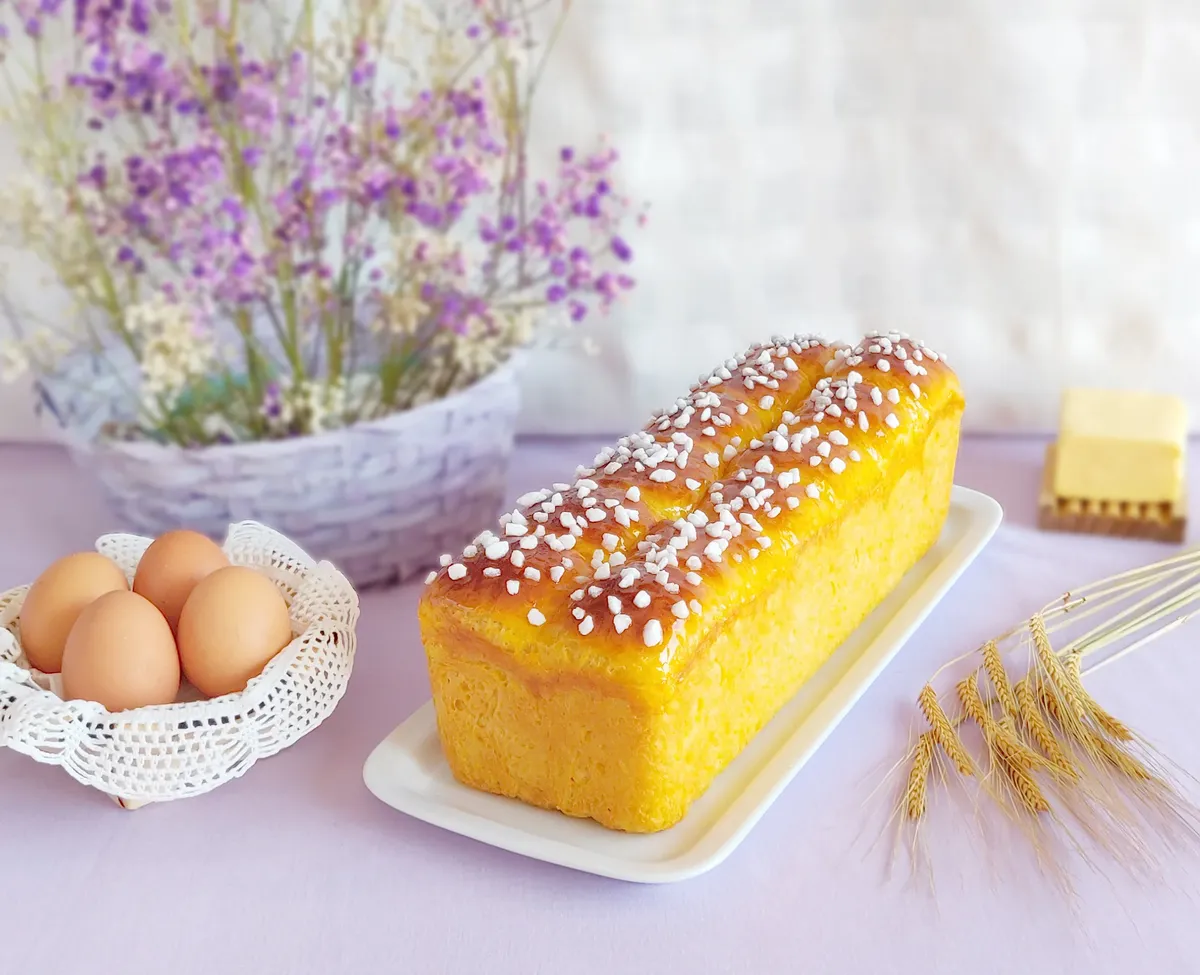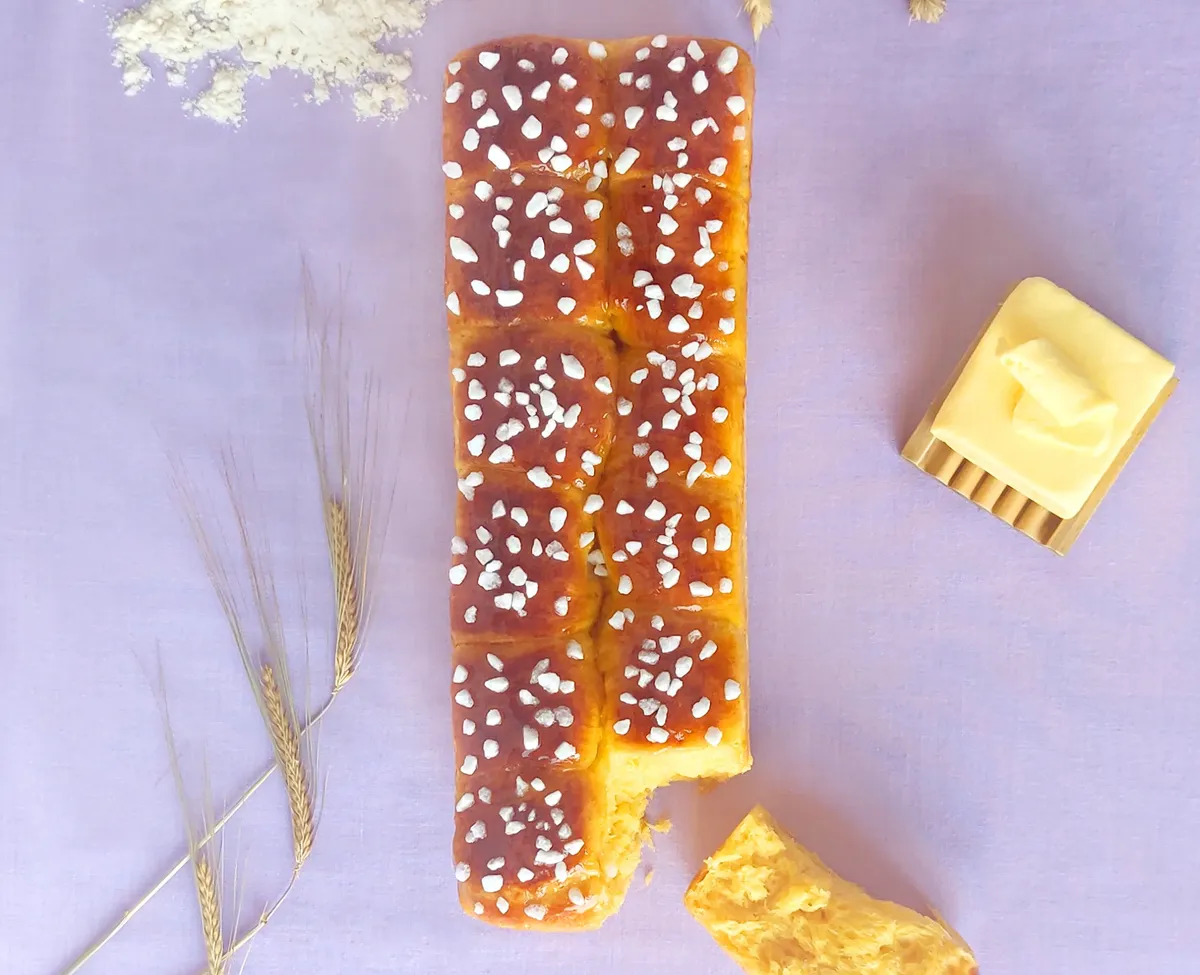Ingredients 

Yields
12 servings


Featured ingredients:
Affiliate links. If you buy, we may earn a commission at no extra cost to you.
Brioche dough
- 335 g bread or strong flour
- 200 g butter
- 100 g whole milk
- 60 g egg yolk (4)
- 50 g egg (1)
- 35 g white sugar
- 20 g fresh yeast
- 15 g brown sugar
- 7 g salt

 albertoimizcoz
albertoimizcoz
















